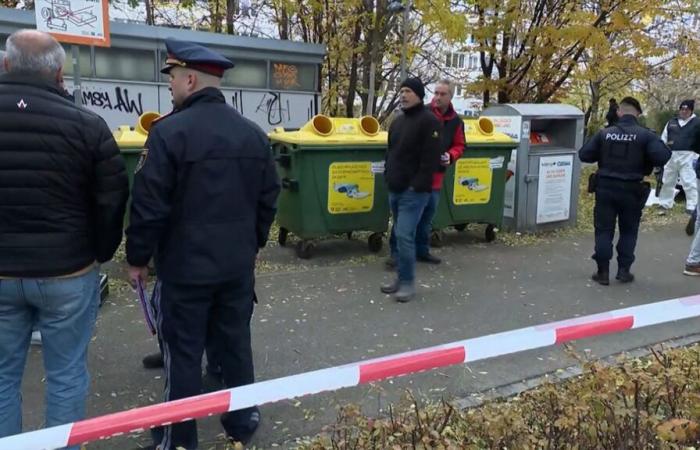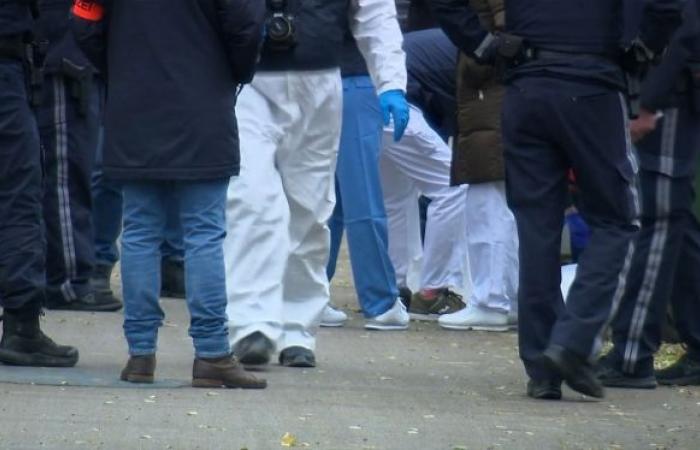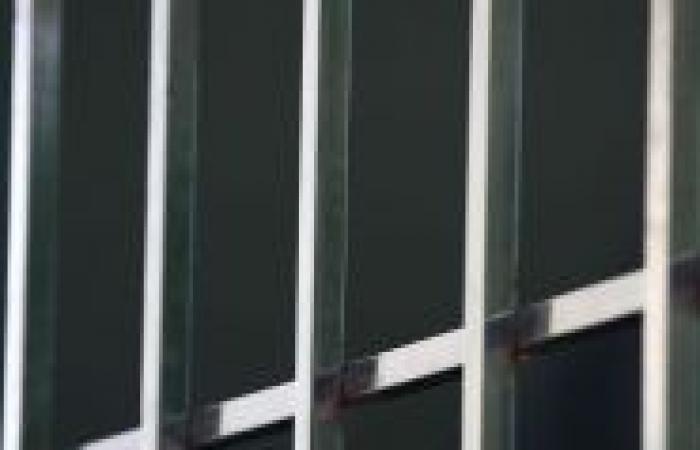The body of a one-week-old baby who went missing from a Vienna clinic was found in a trash can located on the hospital grounds. The mother, aged 29, confessed to the murder, revealing chilling details. An in-depth investigation is underway to determine the exact circumstances of the tragedy.
It is a discovery that shakes the city of Vienna. The body of an infant was found in a trash can at the Favoriten clinic this Friday. The case, initially considered a kidnapping, took a completely different turn Friday morning, putting an end to two days of intensive research.
It all started this Thursday, when the disappearance of a one-week-old baby, reported by a mother, triggered a vast police operation. According to initial testimonies, it was a nurse who noticed the absence of the child in the room of the neonatology department before informing the mother. The latter, aged 29, had left the room briefly. Investigators quickly followed a trail leading to a waste container not far from the clinic.
During an interrogation Friday evening, the mother confessed her involvement and guided investigators to the location where she had left the body. The infant, wrapped in a plastic bag and a blanket, was found lifeless. The first elements indicate that the child died of cold, exposed to winter temperatures. An autopsy was ordered to confirm the exact causes of death.
At the scene of the discovery, investigators from the criminal brigade carried out careful surveys, while the area was strictly cordoned off. The investigation, led by the state criminal police, is now focusing on the circumstances and motivations surrounding this tragic act.
This drama raises many questions and plunges the Viennese community into turmoil. The authorities are continuing their investigations to shed light on this shocking affair.
Vienna Infant news








